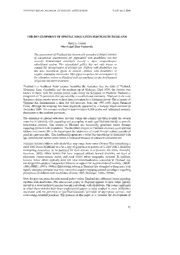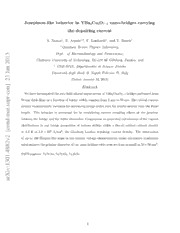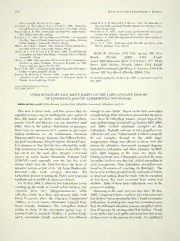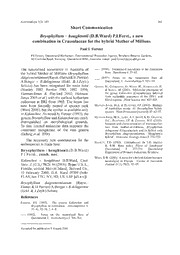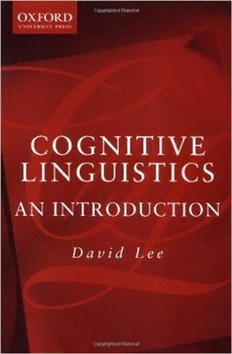
Cognitive linguistics: an introduction PDF
Preview Cognitive linguistics: an introduction
To Sheila, Vicky, Debbie, and Cathy COGNITIVE LINGUISTICS AN INTRODUCTION D a v i d L e e OXFORD UNIVERSITY PRESS OXFORD UNIVERSITY PRESS 253 Normanby Road, South Melbourne, Victoria 3205, Australia Oxford University Press is a department of the University of Oxford. It furthers the University’s objective of excellence in research, scholarship, and education by publishing worldwide in Oxford New York Athens Auckland Bangkok Bogota Buenos Aires Cape Town Chennai Dar es Salaam Delhi Florence Hong Kong Istanbul Karachi Kolkata Kuala Lumpur Madrid Melbourne Mexico City Mumbai Nairobi Paris Port Moresby Sao Paulo Shanghai Singapore Taipei Tokyo Toronto Warsaw with associated companies in Berlin Ibadan OXFORD is a trade mark of Oxford University Press in the UK and in certain other countries © David Lee 2001 First published 2001 This book is copyright. Apart from any fair dealing for the purposes of private study, research, criticism or review as permitted under the Copyright Act, no part may be reproduced, stored in a retrieval system, or transmitted, in any form or by any means, electronic, mechanical, photocopying, recording or otherwise, without prior written permission. Enquiries to be made to Oxford University Press. Copying for educational purposes Where copies of part or the whole of the book are made under Part VB of the Copyright Act, the law requires that prescribed procedures be followed. For information, contact the Copyright Agency Limited. National Library of Australia Cataloguing-in-publication data: Lee, David, 1939-. Cognitive linguistics: an introduction Bibliography. Includes index. ISBN 0 19 551424 6 1. Cognitive grammar 2. Meaning (Psychology). I. Title. 415 Edited by Sandra Goldbloom Zurbo Cover and text designed by Modern Art Production Group Illustrated by David Lee Typeset by Modern Art Production Group Printed through Bookpac Production Services, Singapore CONTENTS Preface xi Acknowledgments xiii 1 Basic Concepts 1 1.1 Introduction 1 1.2 Construal 2 1.3 Perspective 2 1.4 Foregrounding 4 1.5 Metaphor 6 1.6 Frame 8 1.7 Conclusion 12 Exercises 12 Further reading 16 Notes 17 2 Space 18 2.1 Introduction 18 2.2 Example: in 19 2.3 Example: on 21 2.4 Example: at 23 2.5 Construal of objects and spatial relationships 24 2.6 Conclusion 27 Exercises 28 Further reading 29 Note 29 3 Extensions from Spatial Meanings 30 3.1 Introduction 30 3.2 Example: out 31 3.3 Puzzle: fill in and fill out 34 3.4 Example: up 36 3.5 Puzzle: hunt up and hunt down 38 3.6 Puzzle: speak up and speak out 38 3.7 A case study: through 39 3.7.1 Impact on landmark 40 V Contents 41 3.7.2 Landmark as obstacle 42 3.7.3 Achievement 3.7.4 Landmark as instrument 42 3.7.5 Causatives and resultatives 43 3.7.6 Subjectification 44 3.7.7 Basic temporal uses 45 3.7.8 Landmark as ordeal 47 48 3.8 Conclusion 49 Exercises 51 Further reading 52 Notes 53 Radial Categories 4.1 Introduction 53 54 4.2 Example: the suffix -able 55 4.3 Example: past tense 4.3.1 Counterfactuality 55 57 4.3.2 Politeness 58 4.4 Attribute radiality 4.4.1 Example: strong ' 58 4.4.2 Example: good 61 62 4.5 Process radiality 62 4.5.1 Example: climb 63 4.5.2 Example: turn 65 4.6 Thing radiality 66 4.7 Conclusion 67 Exercises 68 Further reading 69 Notes 70 Constructions 70 5.1 Combining words and phrases 72 5.2 Combining frames 74 5.3 Constructional meaning 5.4 Constraints on generalisation in child language 76 76 5.5 Naturalness and grammaticality 77 5.6 Iconicity 78 5.7 Raising constructions Contents vii 5.7.1 Object-raising 78 5.7.2 Subject-raising 82 5.8 The caused-motion construction 84 5.8.1 Distributional patterns 84 5.8.2 Conditions of use 86 5.8.3 Radial network of the caused-motion construction 89 5.9 Constructional distribution of verbs of removal 90 5.10 Conclusion 93 Exercises 94 Further reading 96 Notes 96 Mental Spaces 97 6.1 Introduction 97 6.2 Apparent semantic anomalies 98 6.3 Referential ambiguities 101 6.4 Tense and mood 105 6.5 Change predicates 106 6.6 Reflexives 110 6.7 Conclusion 113 Exercises 113 Further reading 114 Notes 115 Language Change 116 7.1 Introduction 116 7.2 Example: soon 117 7.3 Example: still 119 7.4 Examples: may, can 123 7.4.1 may and can in Modern English 123 7.4.2 Historical development of may and can 124 7.4.3 Deontic meanings 128 7.5 Examples: will and be going to 129 7.6 Conclusion 131 Exercises 131 Further reading 135 Notes 136 Contents Count and Mass Nouns 137 8.1 Introduction 137 8.2 Count and mass phenomena 138 8.3 Nouns lacking a singular form 142 8.4 Nouns with identical singular and plural forms 143 144 8.5 Conclusion 145 Exercises 146 Further reading 146 Notes Perfective and Imperfective Uses ofVerbs 147 147 9.1 Introduction 9.2 Progressive aspect 149 9.3 Simple present tense on perfective verbs 150 9.4 Simple present tense on imperfective verbs 152 9.5 Conclusion 153 154 Exercises 155 Further reading 156 Notes Causation and Agency 157 10.1 Introduction 157 10.2 Causation in English 158 10.3 Causation in Japanese 163 10.4 Conclusion 166 167 Exercises 169 Further reading Cognitive Linguistics and Discourse Analysis 170 11.1 Introduction 170 171 11.2 Frames 11.3 Radial categories 175 11.3.1 Example: leave 175 11.3.2 Example: you 177 11.3.3 Example: warn 177 178 11.3.4 Example: live 11.4 Conclusion 179 180 Exercises Contents їх Further reading jgj Note 182 12 Constructivist Processes in Discourse 183 12.1 Introduction 12.2 Constructivism 283 12.3 Prototype theory and constructivism 184 12.4 Constructive categorisation in conversation 186 12.5 The construction of agency 187 12.6 Counterdiscourses 291 12.7 Conclusion 294 Exercises 294 Further reading 296 Notes 297 13 Creativity and the Nature of Meaning 198 13.1 Introduction 298 13.2 Mental spaces 200 13.3 Radiality 202 13.4 Frames 203 13.5 The nature of meaning 205 13.6 Conclusion 208 Exercises 209 Further reading 210 Appendix:Transcript of Family Argument 211 References 2 17 Index 222 PREFACE A major problem with many contemporary linguistic theories is that they confront the outsider with a difficult, arcane formalism. It will probably come as a welcome surprise to most readers of this book that Cognitive Linguistics is an exception to this rule. This is not to say that the model lacks a complex theoretical apparatus. On the contrary, some advanced readings in the theory pose a major intellectual challenge and are based on subtle arguments invoking a wide range of concepts interacting with each other in intricate ways. But, at least, the nature of the theory is such that it poses no major formal hurdles to those outside the field who wish to gain some familiarity with the approach in the hope that it will add a useful dimension to their perspective on language. In this book I have attempted to make the theory accessible to a wide audience without sacrificing some of the subtleties of the approach. As it happens, this has been an inevitable consequence of the fact that the project emerged from teaching a course in Cognitive Linguistics for undergraduates in the early stages of their studies. Consequently, the book assumes no prior knowledge of the field, though it is hoped that those who do have some knowledge—particularly those who have some familiarity with generative grammar—will be able to appreciate some of the special characteristics of the approach. To a certain extent Cognitive Linguistics has tended to define itself historically with respect to generative grammar and thus set itself up as a rival to that theory. However, the model does not have to be seen in this way and, as the theory matures, it is becoming less appropriate to do so. In any event, it seems most unlikely that any one theory will be able to deal adequately with every aspect of a phenomenon as complex as human language. One of the most attractive features of Cognitive Linguistics is its focus on meaning. The relatively impoverished treatment of meaning in some theories of language must be a source of puzzlement to many non-linguists. But it is the nature of the cognitive treatment of the area that makes it particularly attractive in these postmodern times. In particular, the centrality of the notion of construal in the model makes it refreshingly different from earlier approaches to meaning. In emphasising the role of construal, cognitive linguists have moved away from earlier treatments of semantics in linguistics, based on the assumption that meaning is independent of human perceptions and human cognition and that it can therefore be objectified and potentially formalised. What unites cognitive linguists (no matter how much they may differ in other ways) is a commitment to the principle that linguistic expressions code a particular way of perceiving the relevant scene. This means that linguistic coding involves such factors as selectivity, perspective, focus, backgrounding, framing, modes of categorisation, and so on. Clearly, this puts the approach much more in tune with current trends in neighbouring disciplines—particularly Literary Theory and Cultural Studies Theory—than XI
The list of books you might like

The 48 Laws of Power

The Subtle Art of Not Giving a F*ck

The 48 Laws of Power

The Sweetest Oblivion (Made Book 1)

Il cinema americano contemporaneo
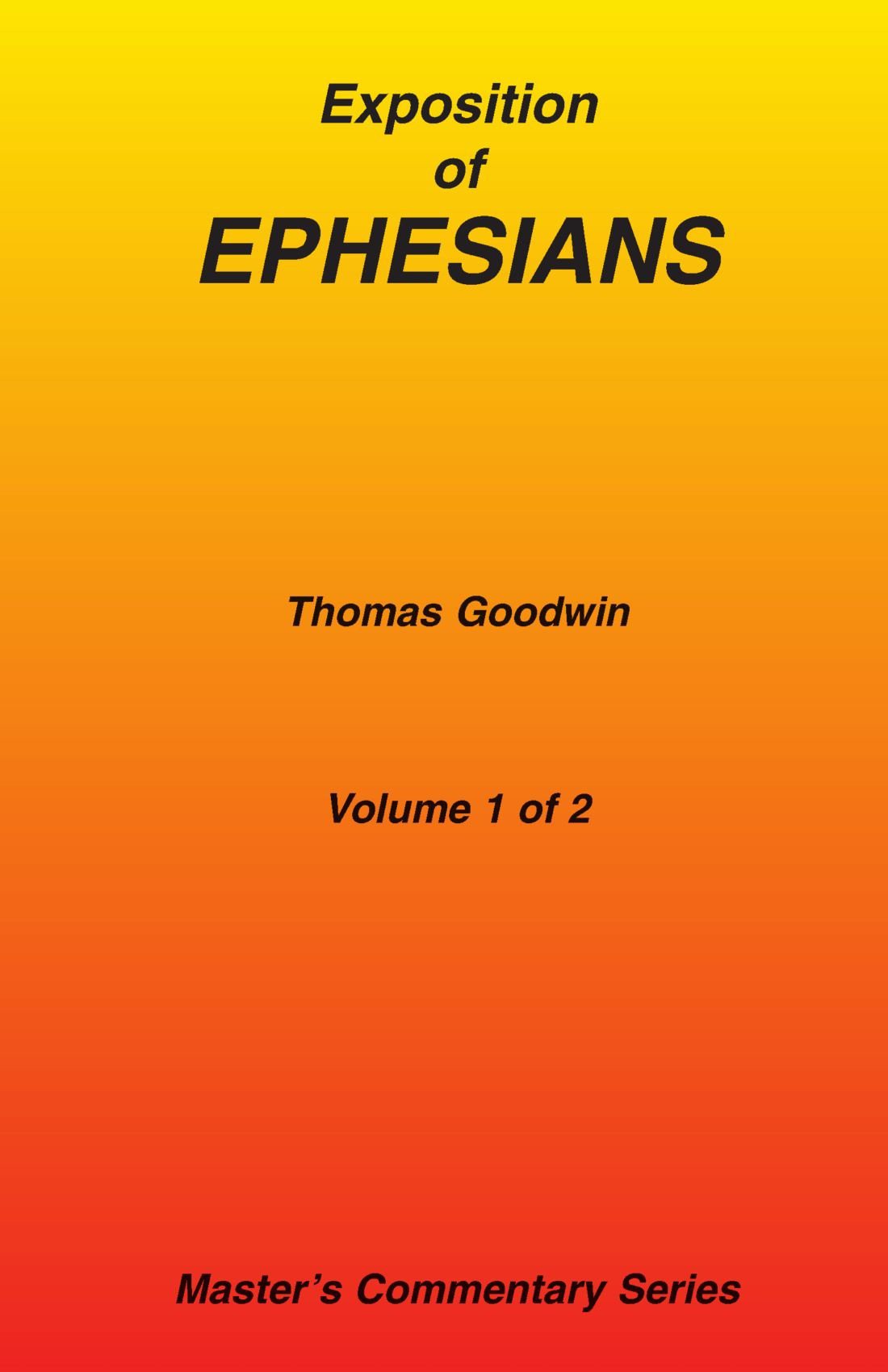
Commentary on Ephesians, Volume 1 of 2

Opere. Gli archetipi e l'inconscio collettivo
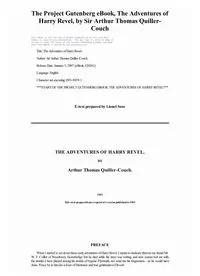
The Adventures of Harry Revel by Sir Arthur Thomas QuillerCouch
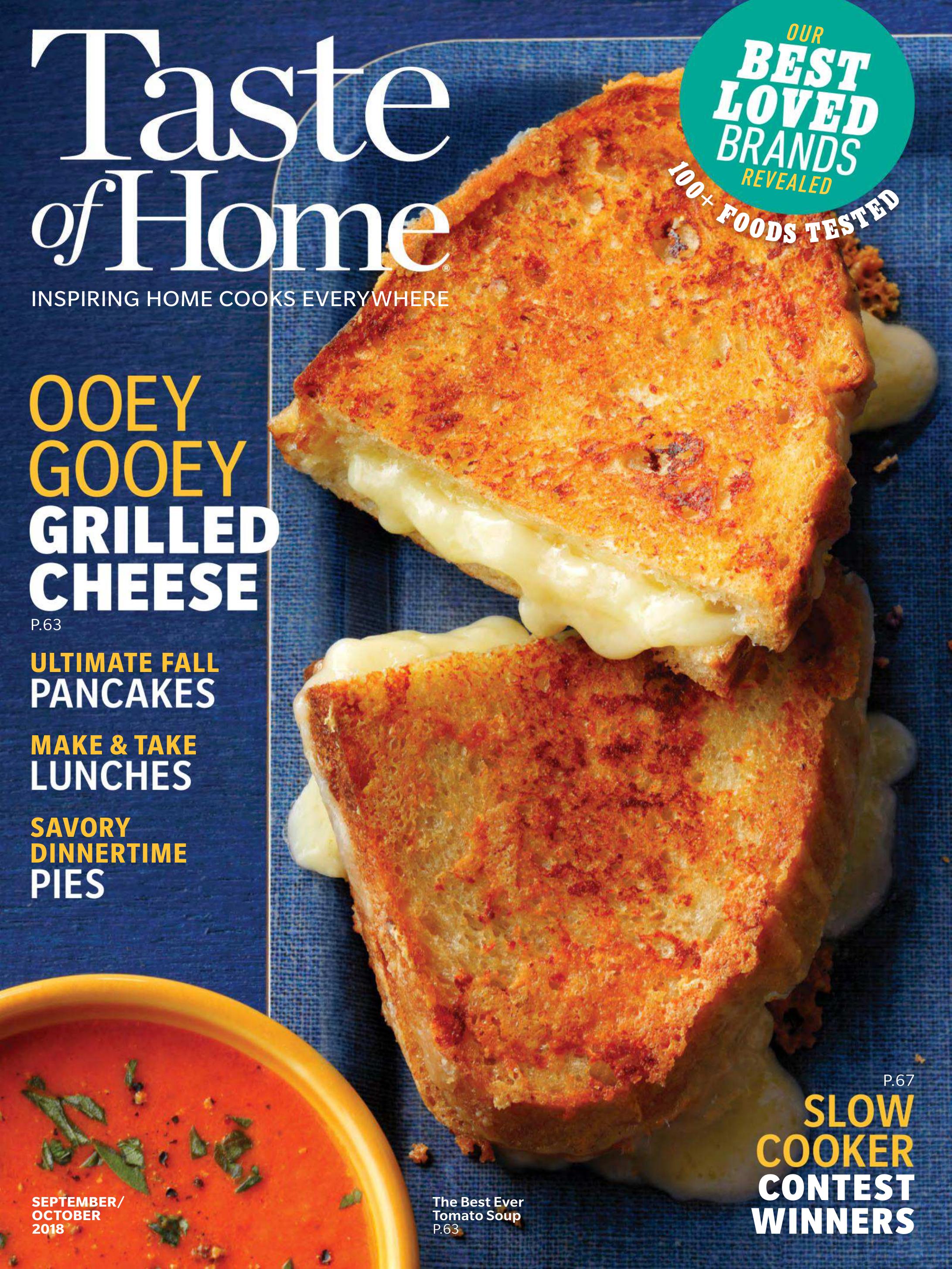
Taste of Home September/October 2018
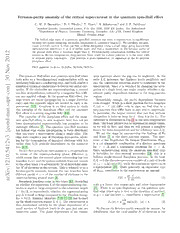
Fermion-parity anomaly of the critical supercurrent in the quantum spin-Hall effect

C anton © bser U cr

Stimme und Sprache
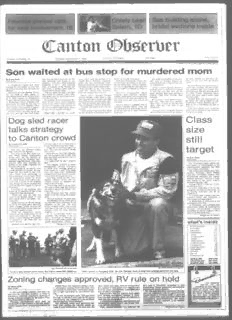
C anton €>b£crUer
![Quantenmechanik [Quantum Mech - IN GERMAN] book image](https://cdn.pdfdrive.to/media/content/thumbnails/c339d3e1-fb21-49fc-9adc-8c827d6bafd0.webp)
Quantenmechanik [Quantum Mech - IN GERMAN]
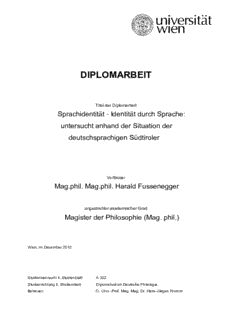
Südtirol/Alto Adige/Südtirol
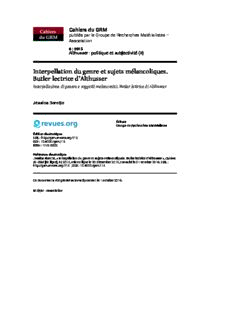
Cahiers du GRM, 8

Immaginari postdemocratici. Nuovi media, cybercultura e forme di potere

Del electrón al chip
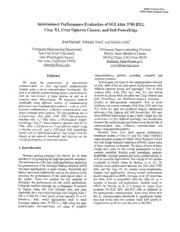
NASA Technical Reports Server (NTRS) 20060021476: Interconnect Performance Evaluation of SGI Altix 3700 BX2, Cray X1, Cray Opteron Cluster, and Dell PowerEdge

